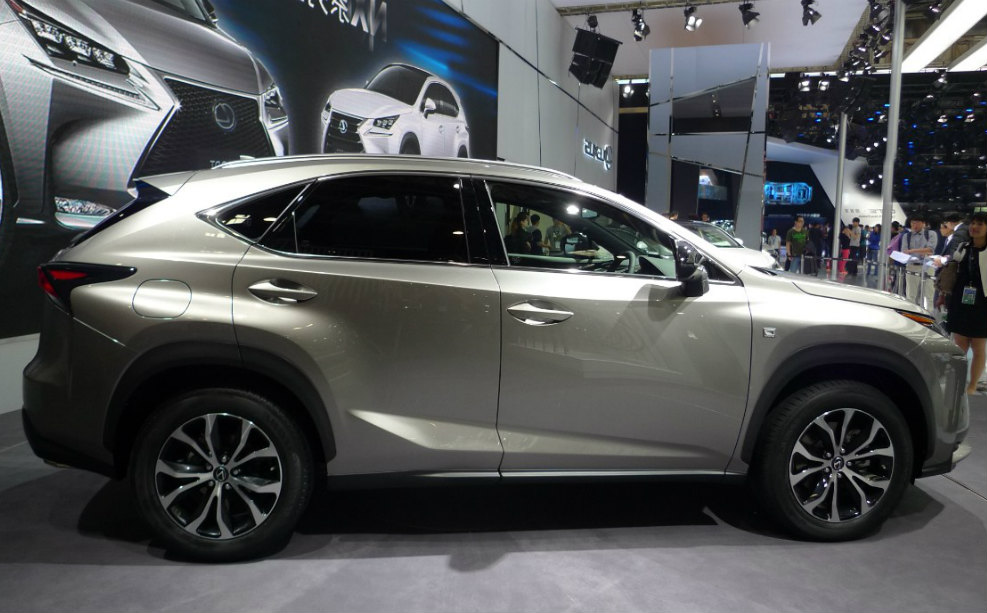

This additionally seems to play into our presupposed scenario that Mazda’s new flagship sedan will in fact not be a direct replacement for the Mazda 6, but stand alongside the CX-9, the company’s flagship model currently. This makes perfect sense, as the CX-5 is Mazda’s best-selling product, accounting for approximately 30 percent of annual sales. A recent report by Australian website Carsales inferred that the CX-5 and not the upcoming large sedan, would be the first model to receive the new powertrain architecture, perhaps as early as March 2023. This new platform will underpin everything from Mazda’s future BMW sedan-killer (likely the next-generation Mazda 6 or 9 depending on how you look at it), and larger CX-8 and CX-9 models. This architecture is claimed to be able to deliver “multiple electrification” options.

#Crossover cars malaysia full#
This will come first in 2022 and underpin five plug-in hybrid models and three full electric vehicles (EVs) coming between next year and 2025.First of the latest generation platforms is the SkyActiv Multi-Solution Scalable Architecture for transverse power units.Mazda’s major product push includes introducing 13 new electrified models – consisting of hybrid and all-electric vehicles.This begs the question, what’s coming next, and what do we know so far? Therefore, by and large, despite the COVID-19 pandemic, and the rather large impact it had on Mazda’s overall sales numbers and bottom line, they seem to be slowly constructing the building blocks of their grand plan.

More recently, Mazda further outlined its planned product salvo which will include 13 electrified models by 2025, as well as the introduction of their scalable SkyActiv platform – slated for 2022. Front- and all-wheel-drive powertrains will be offered depending on the model and market. The transverse four-cylinder will also feature Skyactiv-G, -D, and -X tech, with the integration of mild-hybrid electrification. These range from the newer generations of models such as the Mazda 3, and CX-30. The six-cylinder units were announced alongside transverse inline-four hybrid powerplants which will power various “new-gen small” models. In 2020, Mazda went further by actually announcing that the new six-pot engines will be ready for production sometime in 2022. However, that was telling just half the story, because the bodies that would be draped over these new powertrains will make up the next-generation CX-5, CX-8, CX-9 SUVs as well as a luxury sedan inspired by the drop-dead gorgeous Mazda Vision Concept, first unveiled at the 2017 Tokyo Motor show. The major outline of their ambition was first announced in 2019, where they announced comprehensive investment towards elevating the current “Kodo” design, SkyActiv-G, -D, and -X powertrains, as well as introducing an entirely new large vehicle platform that underpins a range of new longitudinally-mounted inline six-cylinder petrol, diesel, 48V mild-hybrid, and plug-in hybrid vehicles. Arguably the only other Japanese brand that can command the respect and prestige that comes with playing on the premium stage. In choosing to negate the temptations (and profits) of volume production, their overarching strategy is to position the brand above the likes of Honda, Toyota, and Nissan – and compete with the likes of BMW, Mercedes-Benz, and crucially Lexus. It’s a far-reaching plan, and not to mention an expensive gamble, parlaying on their current success of building cars that are not just beautiful to drive, but great to look at as well. Mazda's ambitions of breaking out from the cookie-cutter Japanese car scene to join the premium club is a bullish yet precise dream, but as of 2023, we might start to see the earliest examples of just how they might achieve it.


 0 kommentar(er)
0 kommentar(er)
